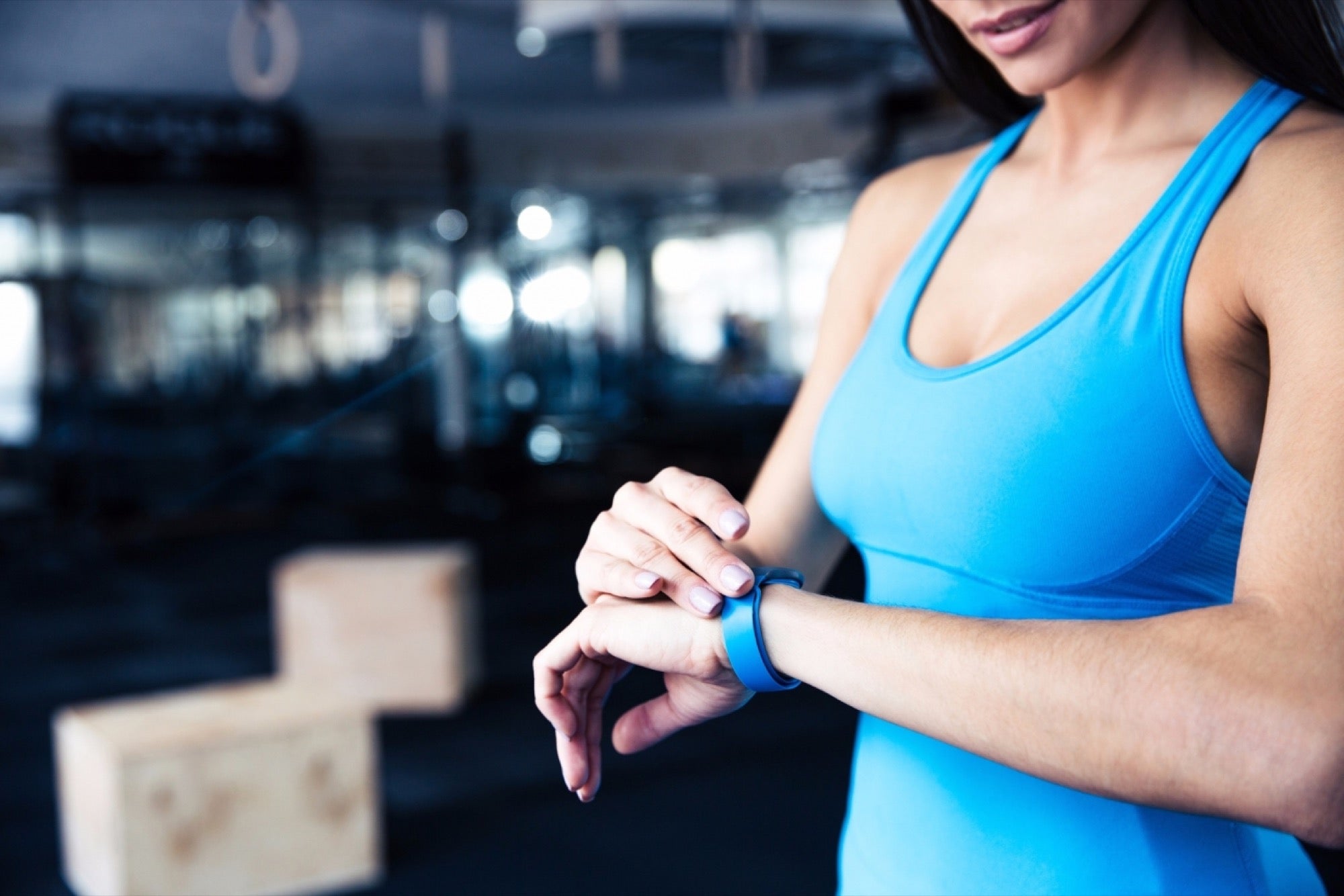How are Connected Health and Wearables Redesigning the Healthcare Industry? The IoT-empowered sensors have made it simpler and more productive than at any time in recent memory for our friends and family to guarantee that individuals with disabilities
By Kapil Chadha
Opinions expressed by Entrepreneur contributors are their own.
You're reading Entrepreneur India, an international franchise of Entrepreneur Media.

We are living in the age of healthcare devices and wearable or fitness trackers, where every step counts in the race of becoming healthier! And with the introduction of connected healthcare, maintaining a healthy lifestyle is cheaper, convenient, and efficient. For many of us, the smartphone has become extended life support in our lives. And with the help of technology, they are now helping us to live better and manage our health problems by equipping us with the right kind of tools. They have not only helped us connect better with our loved ones but also with our well-wishers (read doctors) to monitor our health at a tap of a button.
The Changed Environment
Over the past few years, emergency clinics, facilities, and other healthcare organizations have perceived the power of digitization in helping professionals treat patients in progressively effective, more affordable ways—all while creating better care results. As the need for value care gained more importance, it's pressure on healthcare pioneers to discover and convey the up and coming age of effective IT services innovation increased.
While earlier, these advancements involved products and services structured particularly for therapeutic situations; but as effective as they were, they were restricted to specific cases, such as operation theaters or ICUs. This left incalculable fields needing new advances to enable them to run more astute, work even more proficiently, and better serve patients. That is the reason, progressively, manufacturers are moving towards digitized customer advancements that we as of now utilize each day.
The Gadget World
The most pervasive gadgets in our homes and workplaces are gaining importance in the medical services field. Augmented reality is giving new, financially savvy, non-addictive treatment alternatives for patients with a wide scope of conditions. Tablets and IoT-empowered sensors are making it feasible for medical practitioners and consumers with needs to live more advantageous, progressively free lives. What's more, cell phones and wearable gadgets are streamlining the whole purpose of connected healthcare, by enabling us to become responsible for our own health.
The IoT-empowered sensors have made it simpler and more productive than at any time in recent memory for our friends and family to guarantee that individuals with disabilities can continue living ideally in a protected environment. Motion sensors that have been deliberately set in the room, restroom, kitchen, cupboards, and dining which can recognize continuous changes in standard action and empower proactive medication if a person's condition is worsening. Associated apparatuses, indoor regulators, and utilities can consequently advise care groups ahead of time of a possibly dangerous situation.
Innovation
Samsung has come up with innovative devices to provide medical supervision to senior patients. It has set up tablets that have the capacity to screen a patient's progressing healthcare with remote patient observing gadgets, for example, computerized weighing scales, pulse tracker, and glucometers. They additionally empower HIPAA-compatible video conferencing between the medical practitioner and patients. Smartwatches, on the other hand, offer patients an exceedingly suitable gadget with monitoring and emergency response options to screen the patient's location, movement, and even the battery life of the device.
Today, the most energizing and new medicinal services aren't any imaging machines or automated medical procedure frameworks, but several wearable and trackers with an effective claim. These devices are changing the outlook of healthcare and making it simpler, reasonable, and proficient for patients to get to their well being in a place with ways to address multiple issues at the comfort of their home.










